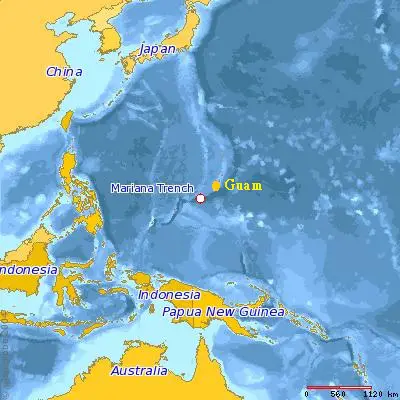Norsepower Oy Ltd., the leading provider of low maintenance, software operated, data verified auxiliary renewable wind energy propulsion systems, announced that independent test results showed that Norsepower’s Rotor Sail technology has great potential to deliver savings on the Viking Line-owned and operated M/S Viking Grace. Long term LNG marine fuel savings are expected to be up to around 300 tonnes on annual basis.
When looking at fuel consumption alone over the measurement period, the savings were not immediately evident. However, when expert analysis companies NAPA and ABB reviewed the data, they were able to isolate an evident change in the propulsion power breakdown of Viking Grace, caused by the Rotor Sail. The same conclusion was confirmed with a strain gauge analysis, where forward thrust of the Rotor Sail was measured and converted into propulsion power.
Based on the different analyses, the expected long-term change in Viking Grace’s annual fuel consumption due to the Rotor Sail has been verified to be between 231 and 315 tonnes on annual basis, equalling an average propulsion power between 207kW and 282kW. According to the analysis results, the Rotor Sail delivers more forward thrust on the open sea legs of the route for the Viking Grace, but due to the route being located mostly in the archipelago, the annual fuel savings potential is on the same level within both route areas.
Commenting on the trials, Jan Hanses, CEO, Viking Line said: “As an Åland shipping company, we rely on the sea for our livelihood so it’s of prime importance for us to promote the well-being of the marine sea. We want to pioneer the use of solutions that reduce the environmental load. Viking Line has been testing the Rotor Sail on M/S Viking Grace for a year now, and together with Norsepower we will continue testing and optimising the sail for its current route. We are proud to be the first in the world to trial Norsepower’s world-class mechanical Rotor Sail Solution on a cruise ferry.”
“This analysis showcases the importance of onboard data collection and the value of ABB’s analytical services. Besides optimising operations through improved energy efficiency on board Viking Grace, the data collected by ABB Ability Marine Advisory System OCTOPUS was used to calculate the savings gained from the Rotor Sail without disturbing operations,” said Marcus Högblom, Head of Passenger Vessel segment at ABB Marine & Ports.
Marine Advisory System OCTOPUS was used to calculate the savings gained from the Rotor Sail without disturbing operations,” said Marcus Högblom, Head of Passenger Vessel segment at ABB Marine & Ports.
Mr. Jaakko Talonen, Data Scientist, NAPA said: “In the actual navigational conditions there is always variation in the environment, which has an important effect on the fuel consumption. This is why a statistical regression model was applied, to overcome the variations in the comparison conditions and to disclose the effect of the Rotor Sail. The long history of NAPA on ship performance modelling gave a really good basis for the study.”
APA said: “In the actual navigational conditions there is always variation in the environment, which has an important effect on the fuel consumption. This is why a statistical regression model was applied, to overcome the variations in the comparison conditions and to disclose the effect of the Rotor Sail. The long history of NAPA on ship performance modelling gave a really good basis for the study.”
Reference: norsepower.com
from WordPress https://www.maritimemanual.com/independent-tests-confirms-norsepower-rotor-sail-savings-on-viking-grace/

No comments:
Post a Comment